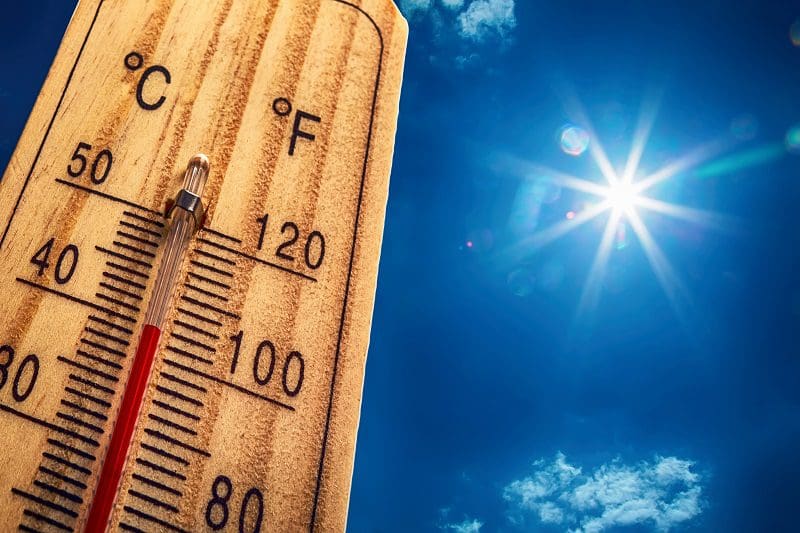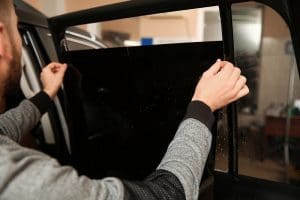
We recently talked about how window tint darkness specifications work and how some films are great at blocking heat. This article discusses the relationship between darkness and heat rejection. In the southern states, many people choose to have their windows tinted to help keep their vehicles cooler on hot summer days. Heat-rejecting window tint is big business, and this article will help you understand why you may not need a dark tint to stay cool.
Window Tint Heat Rejection and Darkness
 Within a specific tint film series, darker tint films do offer more heat rejection properties. Take, for example, the Suntek CarbonXP series. Their CXP 55 film has a Visible Light Transmission (VLT) rating of 54% and a Selective Infrared Rejection (SIRR) rating of 66%. If you look at the much-darker CXP 25, the SIRR jumps to 70% and the near-black CXP 5 has a SIRR of 77%. It stands to reason that if there are more solids (of any type — dyes, carbon or ceramics), then less energy will pass through the film.
Within a specific tint film series, darker tint films do offer more heat rejection properties. Take, for example, the Suntek CarbonXP series. Their CXP 55 film has a Visible Light Transmission (VLT) rating of 54% and a Selective Infrared Rejection (SIRR) rating of 66%. If you look at the much-darker CXP 25, the SIRR jumps to 70% and the near-black CXP 5 has a SIRR of 77%. It stands to reason that if there are more solids (of any type — dyes, carbon or ceramics), then less energy will pass through the film.
Do Dark Films Always Block More Heat?
 While it does make sense that darker films always block more heat, most window film manufacturers have developed nearly transparent films with VLT ratings of 70 and 80 that are designed specifically to keep your vehicle cool without blocking visible light. Sticking with the Suntek brand so our SIRR numbers are comparable, the CeramicIR CIR 70 film has a VLT of 71% and a SIRR of 85%. That’s 10% more heat energy rejection than their CXP 5, which is almost completely opaque.
While it does make sense that darker films always block more heat, most window film manufacturers have developed nearly transparent films with VLT ratings of 70 and 80 that are designed specifically to keep your vehicle cool without blocking visible light. Sticking with the Suntek brand so our SIRR numbers are comparable, the CeramicIR CIR 70 film has a VLT of 71% and a SIRR of 85%. That’s 10% more heat energy rejection than their CXP 5, which is almost completely opaque.
Stay Safe and Comfortable with Premium Window Tint
If you have trouble seeing at night or don’t want to change the appearance of your vehicle dramatically, these modern ceramic films are a great option. Heat-blocking films include the Suntek CeramicIR, 3M Crystalline, Scorpion Shield, Tint World Ultimate, LLumar Air Series, Solar Gard Ultra Performance and many more. Your local mobile enhancement specialist can provide you with all the details required to make your vehicle safer and more comfortable on a hot summer day.
